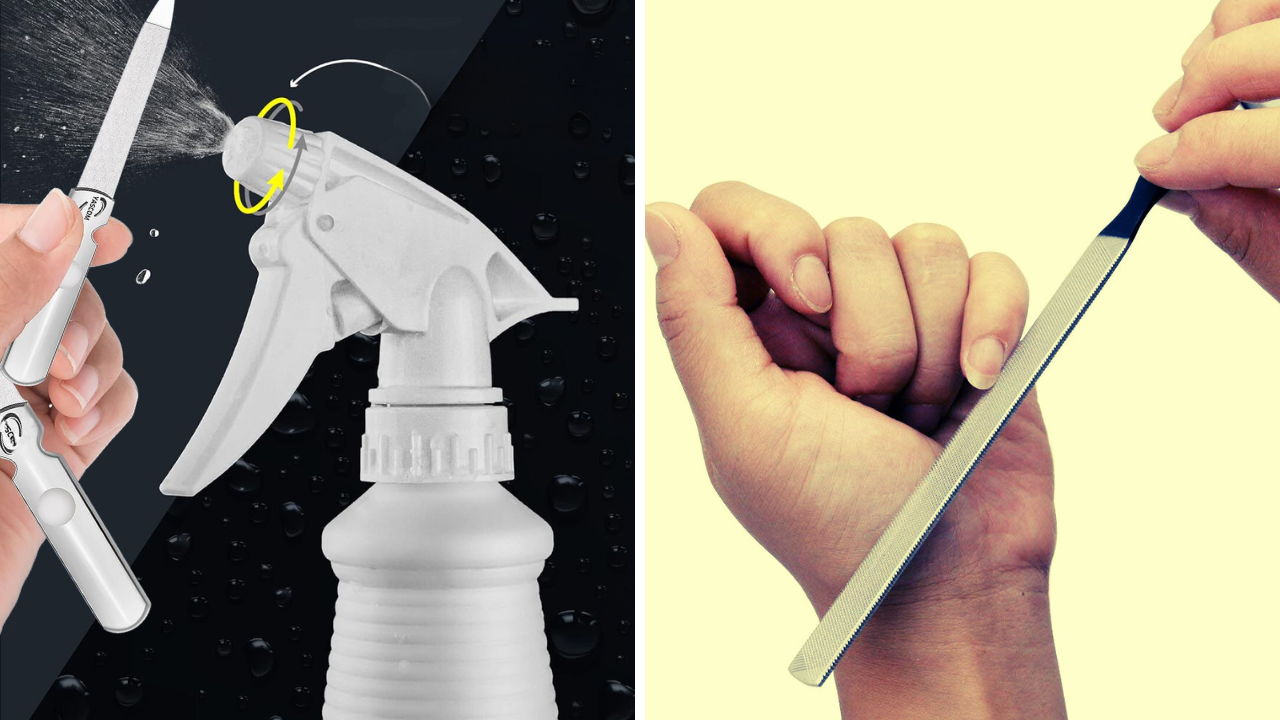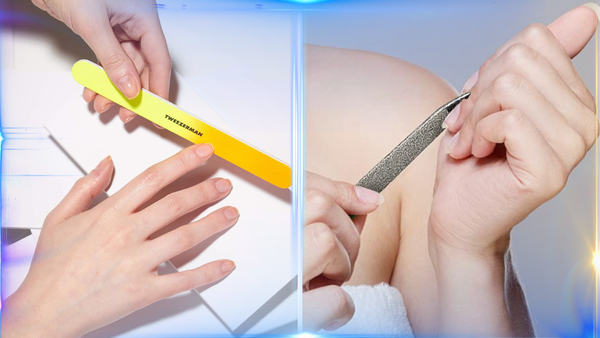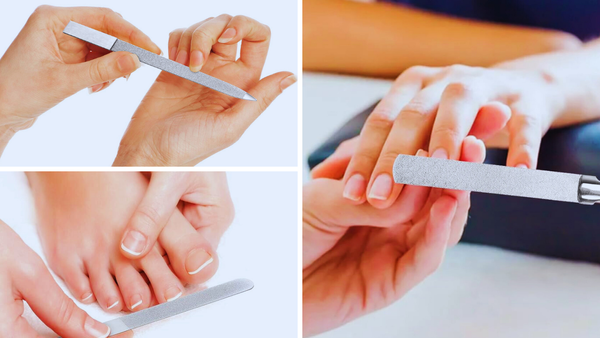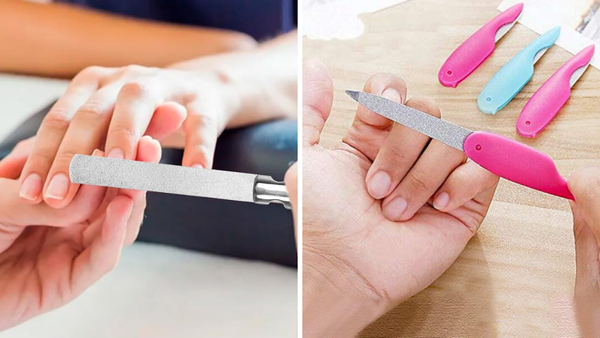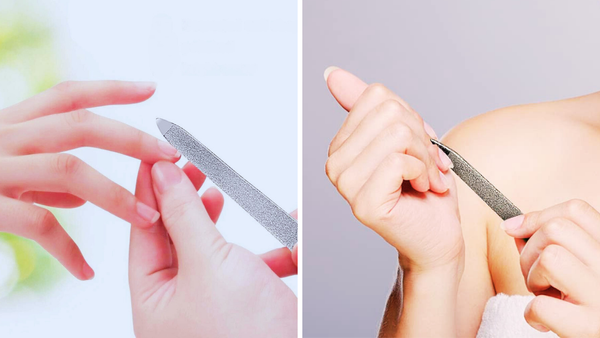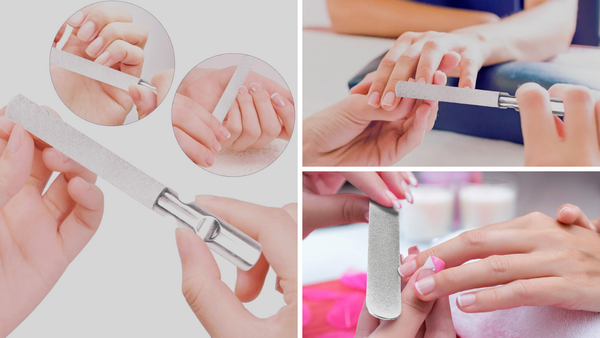Key Takeaways:
- Metal nail files can be effectively cleaned and disinfected to maintain hygiene and prolong their usability.
- Various methods, including isopropyl alcohol, boiling water, and specialized disinfectants, are available for cleaning metal nail files.
- Regular cleaning of nail files prevents the spread of bacteria and ensures optimal performance of the tool.
Nail care is essential to personal grooming, and maintaining clean tools is paramount to ensure health and hygiene. Metal nail files, widely used for shaping and smoothing the edges of nails, require regular cleaning to prevent the buildup of bacteria and debris. This article explores the various methods and best practices for cleaning metal nail files, ensuring they remain in good condition and safe for repeated use.
Understanding the Importance of Clean Nail Files

Unlike their glass or emery board counterparts, metal nail files are particularly favored for their durability and precision. However, their frequent use can lead to the accumulation of nail debris and microorganisms in the tiny gaps in the file's surface. If not cleaned properly, these tools can become a breeding ground for bacteria, potentially leading to infections.
Cleaning metal nail files is not just about maintaining hygiene but also about preserving the tool's effectiveness. Dirt and debris can dull the filing surface, making it less efficient. Keeping your nail file clean ensures that every use is as good as the first, providing you with a smooth, snag-free experience.
Step-by-Step Cleaning Methods
Alternative Disinfection Methods for Metal Nail Files
When pondering how to keep your metal nail files pristine, consider stepping beyond traditional cleaning agents like isopropyl alcohol. Hydrogen peroxide emerges as a stellar alternative, offering a potent battleground against bacteria without the harshness some chemicals possess. Soak your nail file in a hydrogen peroxide solution for about 20 minutes. Ensure the tool is fully submerged, allowing the disinfectant to creep into every nook and cranny, effectively purging any lurking microbes.
Moreover, white vinegar can be a game-changer for those who prefer a more natural approach. This pantry staple is not just for salads but is a formidable foe against germs on hard surfaces. Mix equal water and white vinegar in a bowl, and let your nail files bathe in the solution for about 30 minutes. After soaking, rinse them under running water to wash away any vinegar residue and pat dry with a clean towel. This method sanitizes your tools and leaves them shining, ready for their next use.
Exploring the Efficacy of Hydrogen Peroxide for Nail File Disinfection
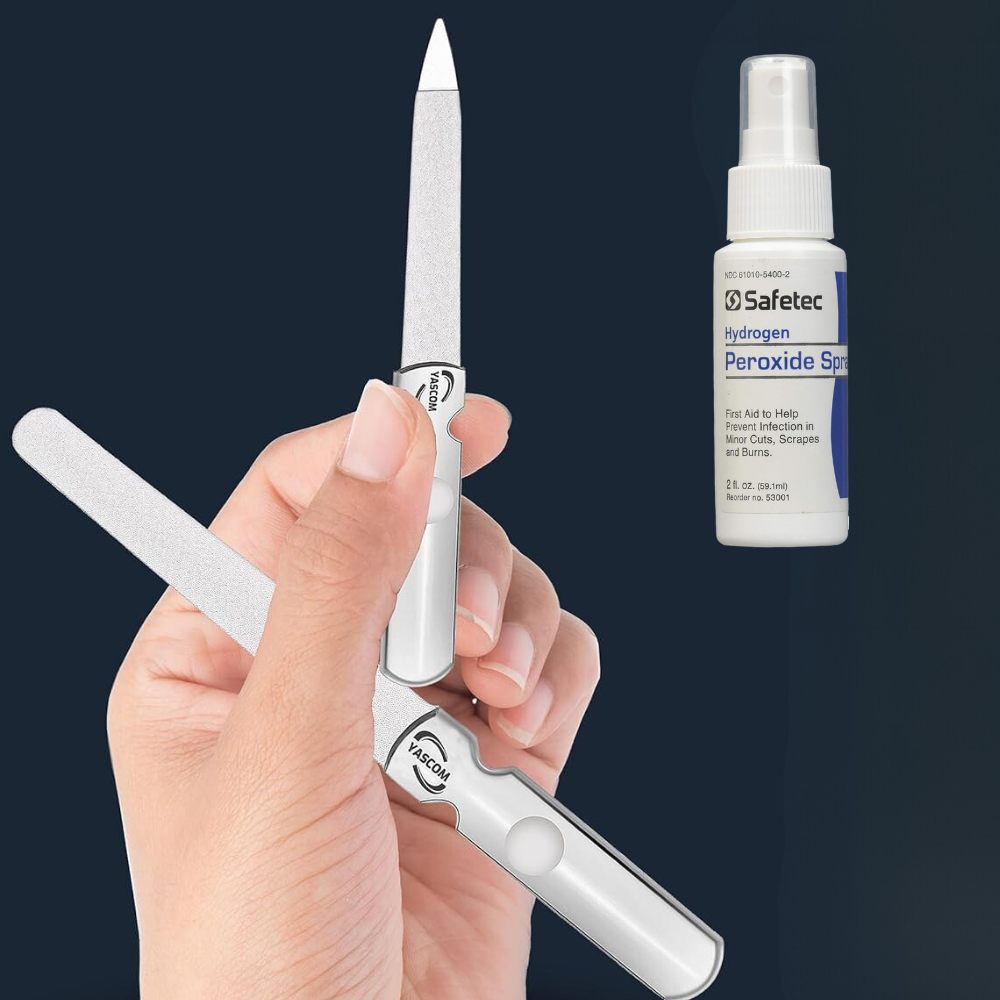
Hydrogen peroxide is a powerhouse for banishing bacteria from hard surfaces, and it's no slouch in cleaning metal nail files either. Applying a solution of hydrogen peroxide directly to your nail files creates an unfriendly environment for microbes, ensuring that your tools are visibly clean and sanitized deeper. This method is particularly useful because hydrogen peroxide breaks into water and oxygen, leaving no harmful residues behind, making it safe for frequent use without damaging the metal.
However, ensuring the nail files are completely dry after disinfection is crucial. Hydrogen peroxide can cause rust on metal tools if they're left damp. After soaking the nail files in the solution, take a clean towel and thoroughly dry each tool, or better yet, let them air dry in a clean, dry place. This step is vital to maintain the integrity of your metal tools, preventing any moisture-related damage and extending the life of your nail files.
The Significance of Drying Nail Tools Properly
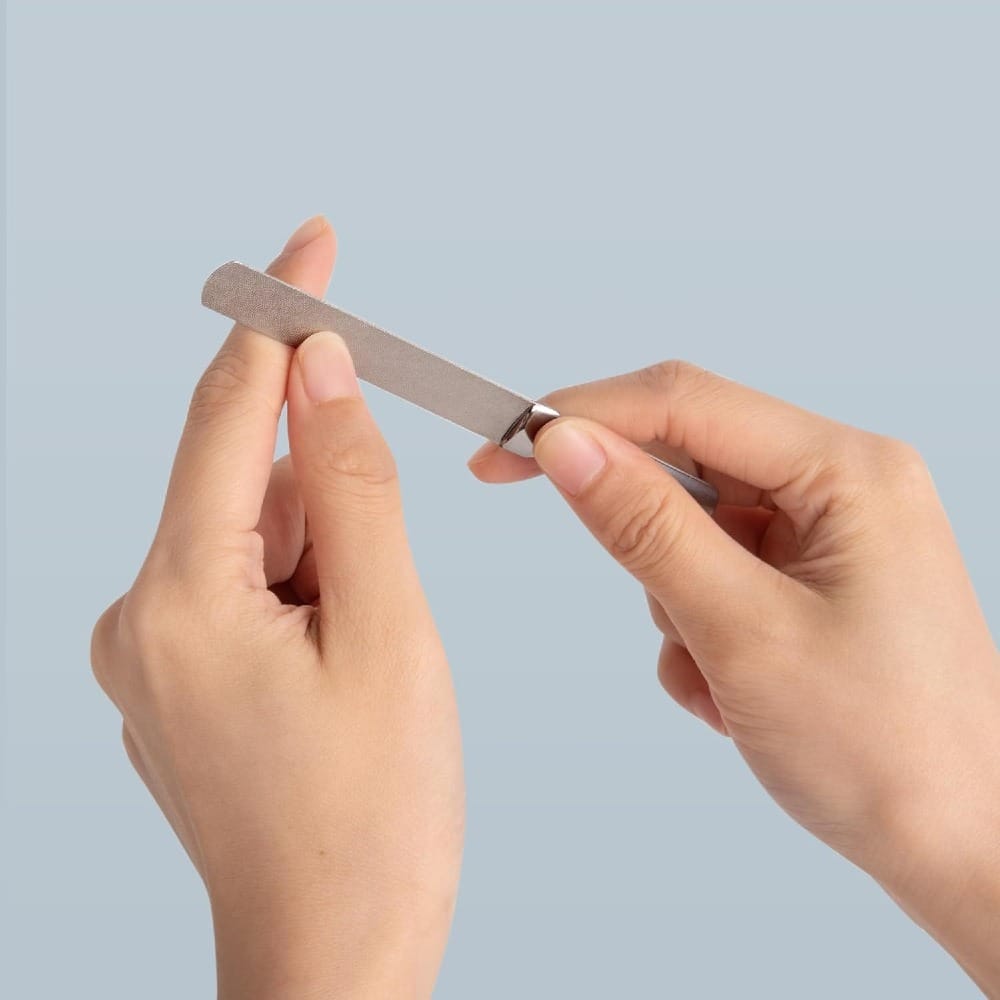
After sanitizing your nail tools, ensuring they dry completely is crucial to prevent the growth of bacteria. When tools like metal nail files or cuticle clippers remain damp, they create a hospitable environment for microbes. A simple yet effective method is to lay them on a clean towel in a dry place, allowing air to circulate freely around them. This step is often overlooked but is as vital as the cleaning process.
Moreover, for tools with tiny gaps where moisture can hide, like tweezers or nail clippers, using a soft cloth to wipe down every nook and cranny carefully ensures that no excess moisture lingers. Ensuring your tools are completely dry before storing them away will maintain their effectiveness and longevity, keeping them in good condition for future use.
The Role of Tweezers in Comprehensive Nail Tool Hygiene
When discussing how to maintain nail hygiene, tweezers often fly under the radar. Yet, these small tools prevent client cross-contamination, especially in professional settings. Just like nail files, tweezers must be disinfected after each use. A simple dip in isopropyl alcohol or a hospital-grade disinfectant can do the trick. Ensure they are left to air dry completely on a clean towel to avoid rusting or degradation of the metal.
Moreover, storing tweezers in a dry place, ideally in a separate container or pouch, is crucial to avoid direct contact with other tools. This practice keeps them clean and extends their usability by protecting their precision tips from damage. Regular checks for any stuck debris between the tips will ensure they are always ready for use, providing peace of mind that all tools meet high hygiene standards.
Implementing a Disinfectant Solution for Porous Nail Files
Porous nail files, such as those made from emery boards, pose a unique disinfection challenge. Unlike their metal or glass counterparts, these files can harbor bacteria deep within their structure. To tackle this, it is essential to use a spray bottle filled with a disinfectant solution that can penetrate these tiny gaps. After spraying, the files should be left to soak for a few minutes to allow the disinfectant to work its magic.
After disinfection, it's important to let these files dry completely in an open, airy space. This step is crucial to prevent trapped moisture, which could lead to bacterial growth or weaken the file's structure. Regular replacement of porous files is also advised, as over time, even the best cleaning practices can't protect against the natural wear and tear that creates deeper crevices for bacteria to thrive.
Best Practices for Storing Cleaned Nail Tools
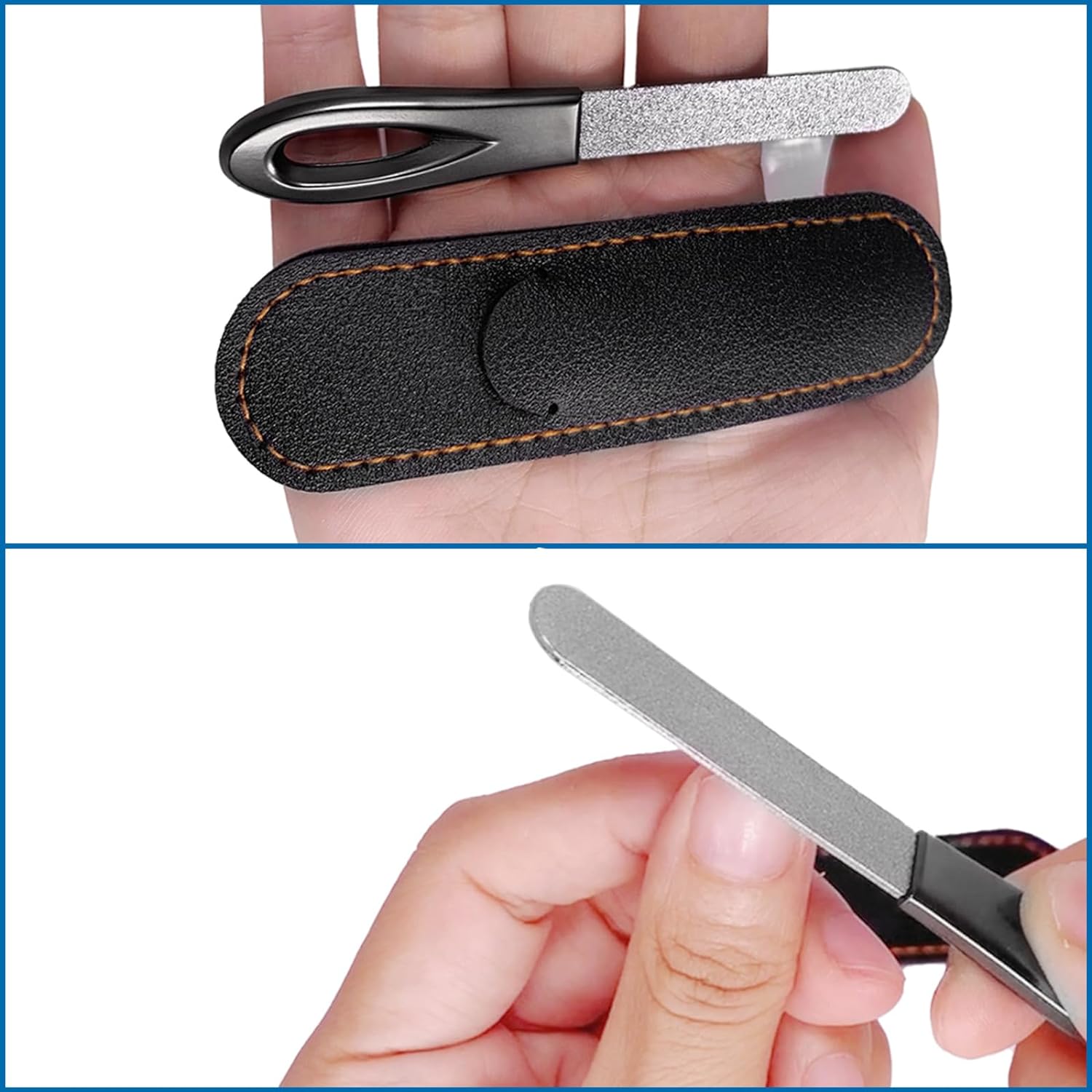
Storing your nail tools correctly after cleaning them is just as important as the cleaning process itself. First, ensure all items, from glass nail files to metal clippers, are dry and debris-free. Then, dedicate a container or organizer to keep these tools away from direct contact with dust and other contaminants. This practice helps maintain the cleanliness of the tools for longer periods.
Additionally, a system where clean and used tools are separated for professional environments like salons can prevent cross-contamination. Labeled containers or colored storage bins can help staff easily identify and maintain hygiene standards, ensuring every client experiences safe and hygienic service. This careful organization promotes efficiency and enhances client trust and satisfaction.
The Role of Soft Cloths in Maintaining Nail File Hygiene
When cleaning your nail files, especially glass nail files, using a soft cloth can make a significant difference. After sanitizing your glass file with your chosen disinfectant solution, wiping it down with a soft cloth helps remove any lingering disinfectant or moisture. This simple step not only ensures that the file is ready for immediate use but also helps maintain the delicate surface of the glass file, preventing scratches or other damage that could compromise its effectiveness.
Moreover, soft cloths are invaluable in the battle against excess moisture. Whether you're dealing with metal or glass nail files, finishing your cleaning process by wiping tools down with a soft cloth ensures they are completely dry and free from residues. This practice keeps your tools pristine and reassures your clients that hygiene is a top priority, safeguarding their health and your reputation.
Maintaining the Integrity of Glass Nail Files
Glass nail files are celebrated for their durability and hygienic properties compared to their metal counterparts. However, they still require regular cleaning to function at their best. Start by rinsing your glass file under warm, soapy water to remove any visible debris. Use a soft toothbrush to gently scrub the file, paying special attention to rid it of any buildup that might be stuck in the etched surface. This initial wash helps prevent the accumulation of dirt and keeps the file in good condition.
After washing, letting your glass nail file air dry completely is crucial. Damp environments can harbor bacteria, so ensure your file is thoroughly dry before storing it. To speed up the drying process, you can gently wipe the file with a soft cloth, making sure to absorb any excess moisture. Store your glass nail file in a dry place, ideally in a protective case, to avoid direct contact with other tools. This careful maintenance routine will extend the life of your glass nail file, ensuring it remains a safe, effective tool for nail care.
Using Isopropyl Alcohol
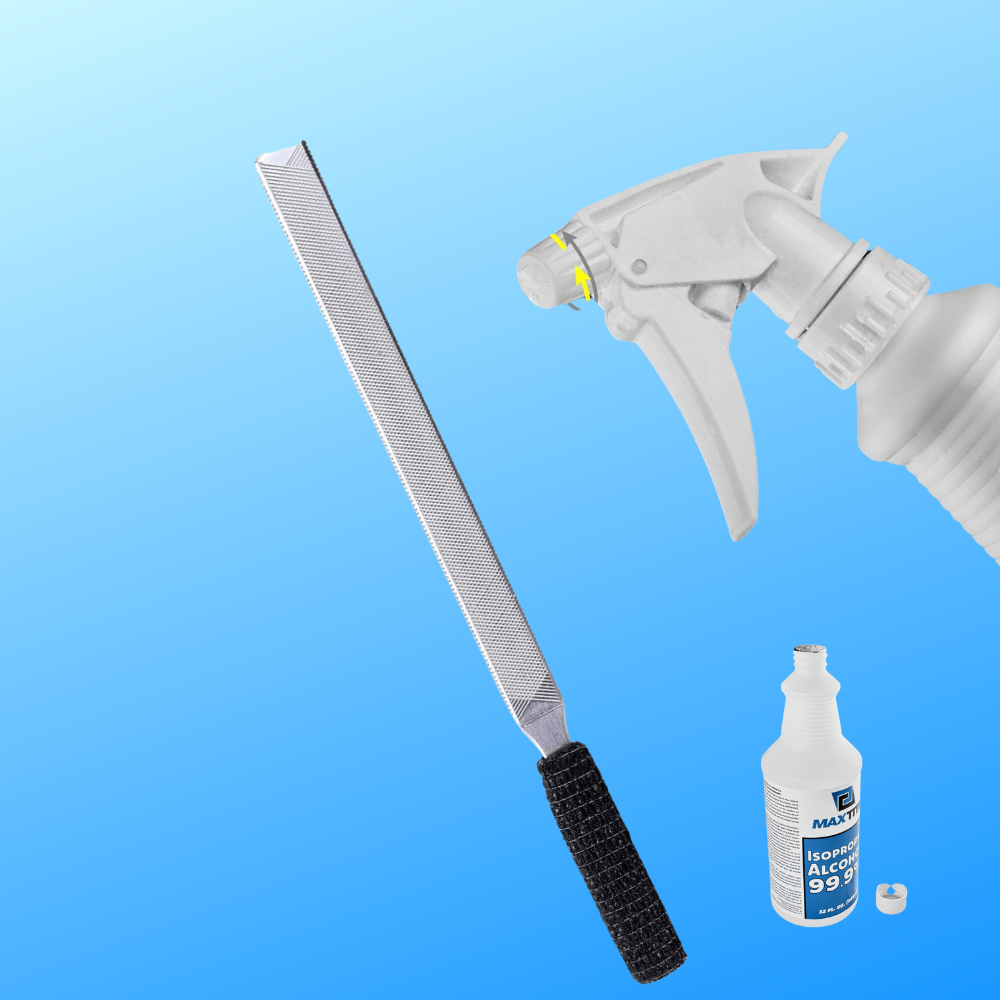
One of the most effective ways to disinfect metal nail files is using isopropyl alcohol. This method involves soaking the nail file in a container filled with isopropyl alcohol for about 20-30 minutes. The alcohol is a potent disinfectant, killing bacteria and removing oils or residues from the file. After soaking, remove the file from the alcohol and allow it to air dry completely on a clean towel to prevent rusting.
Boiling Water Technique
Boiling water can be an excellent disinfectant for those who prefer a more straightforward approach without chemicals. Place your metal nail file in boiling water for about 15 minutes. This high-temperature treatment will kill most bacteria and pathogens. Carefully remove the file from the water with tongs and let it dry on a paper towel. Ensure the file is completely dry to avoid any rust formation.
Regular Maintenance Tips
Regular maintenance is crucial to extending the life of your metal nail file and keeping it in top condition. After each use, rinse the file under running water to remove any visible debris. Wipe it down with a soft cloth or a nail brush to clean off any remaining particles. Use a hospital-grade disinfectant spray for a deeper clean, especially after use on multiple clients in a professional setting. Allow the file to dry thoroughly in a dry place before storing or reusing it.
Avoid using harsh chemicals or abrasive materials that could damage the metal nail file's metal surface. Also, be careful not to bend or drop the file as this could misshape the tool, making it less effective.
Final Thoughts
Cleaning your metal nail files is simple yet crucial to nail care hygiene. Whether you opt for isopropyl alcohol, boiling water, or commercial disinfectants, regular cleaning will help prevent the spread of bacteria and maintain the file's performance. Following these straightforward steps and incorporating regular maintenance, your metal nail files can serve you well for many manicures.
FAQ Section
How often should I clean my metal nail file?
It's best to clean your metal nail file after each use to prevent the buildup of nail debris and bacteria. For professional settings, disinfecting between clients is a must to adhere to health and safety standards.
Can I use the same methods to clean other nail tools?
Yes, most cleaning methods described for metal nail files can also be applied to other metal nail tools, such as clippers and cuticle pushers. However, always check the manufacturer's instructions to ensure compatibility.
Is it safe to share a cleaned metal nail file with others?
While cleaning and disinfecting your metal nail file reduces the risk of transmitting infections, it is generally recommended to avoid sharing personal grooming tools to ensure the highest level of hygiene.
